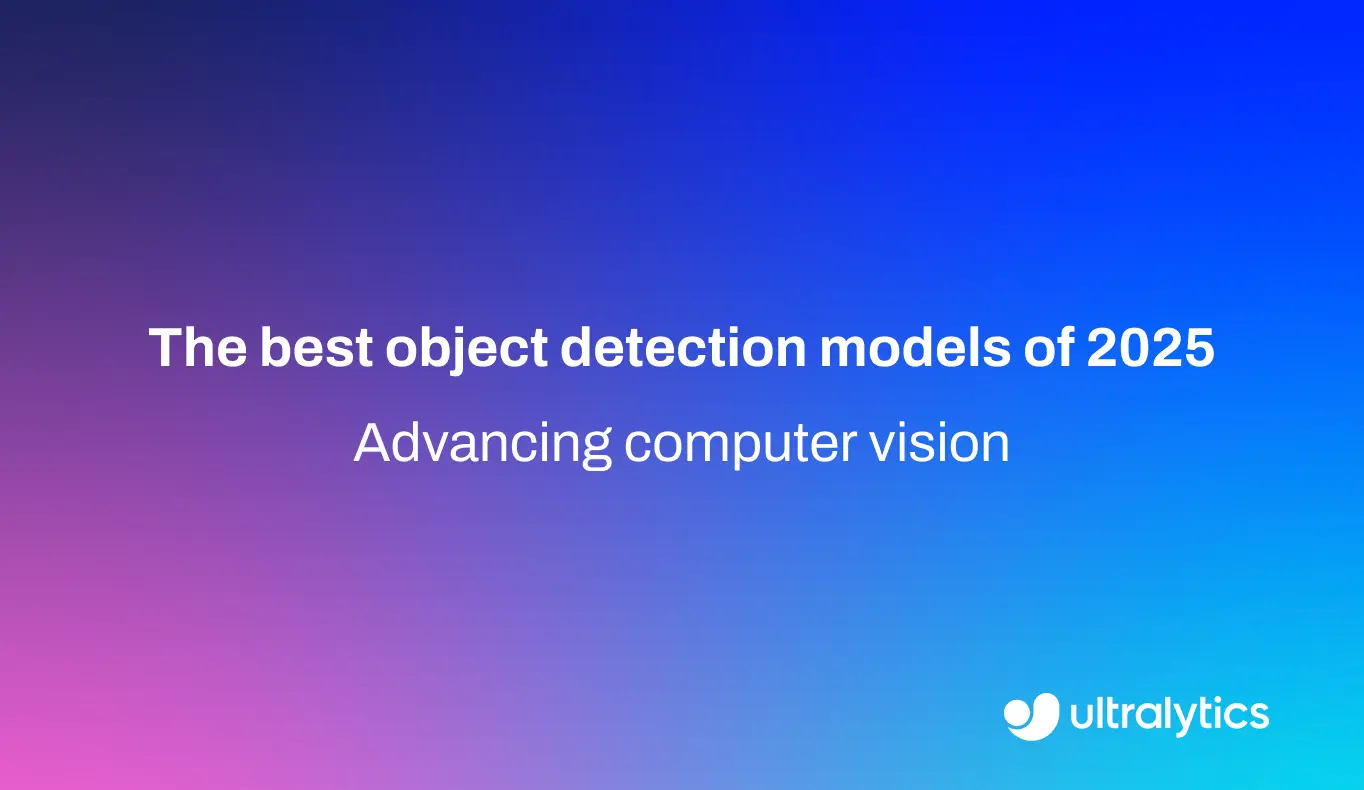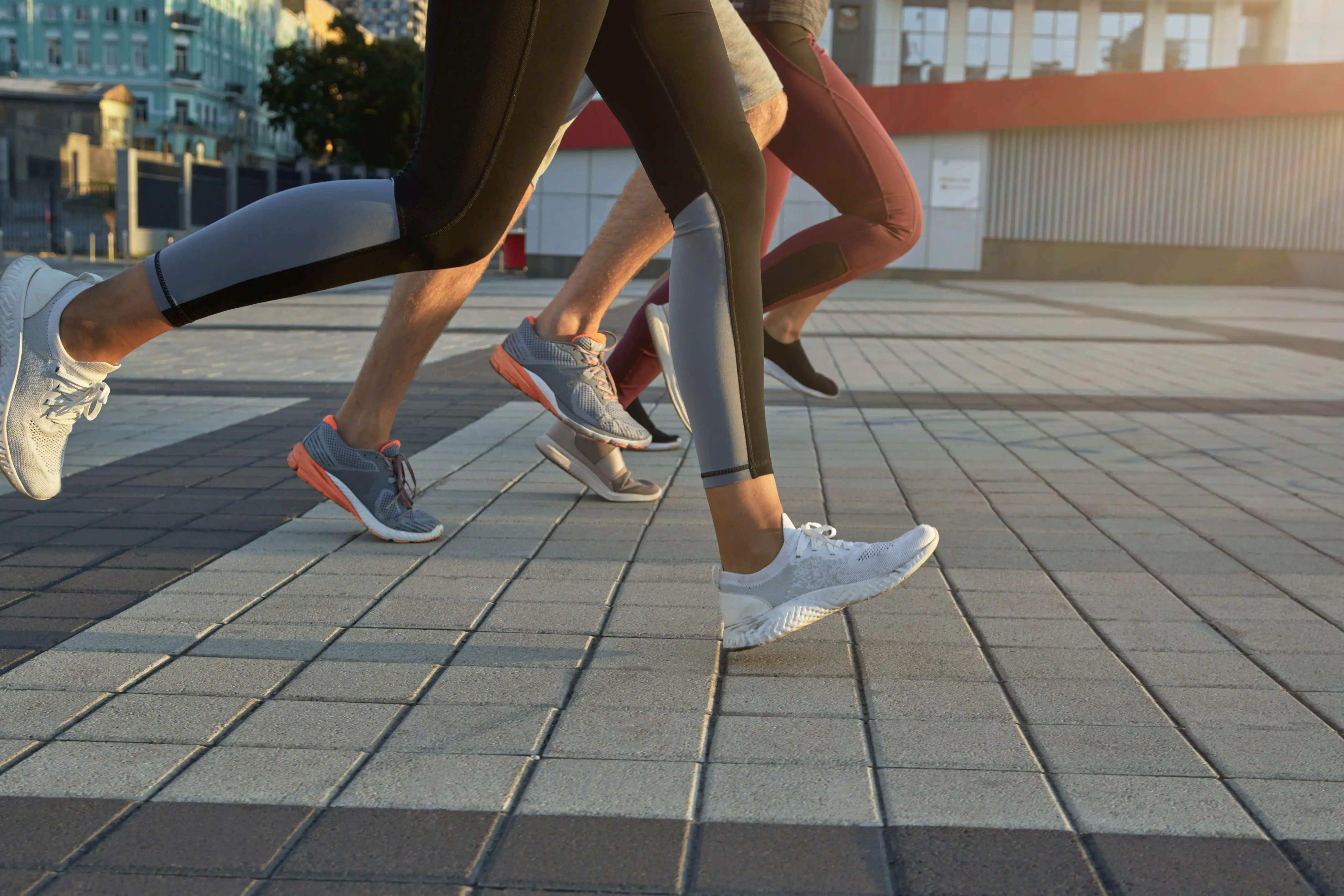Self-Supervised Learning
Discover how self-supervised learning leverages unlabeled data for efficient training, transforming AI in computer vision, NLP, and more.
Self-Supervised Learning (SSL) is a transformative approach in the field of
Artificial Intelligence (AI)
that enables systems to learn from unlabeled data without requiring explicit human annotation. Unlike traditional
Supervised Learning, which depends heavily on vast datasets of manually labeled examples, SSL derives its own supervisory signals
directly from the data itself. By creating and solving "pretext tasks"—such as filling in missing words in a
sentence or predicting the rotation of an image—the model learns to understand the underlying structure, context, and
features of the input. This capability is crucial for developing robust
Foundation Models that can be
adapted to a wide range of downstream tasks with minimal additional training.
How Self-Supervised Learning Works
The core mechanism of SSL involves removing a portion of the available data and tasking the
Neural Network (NN) with
reconstructing it. This process forces the model to learn high-quality representations, or
embeddings, that capture semantic meaning. There are two primary categories of pretext tasks used in research and industry:
-
Generative Methods: The model repairs corrupt or masked data. For instance, in
Natural Language Processing (NLP), models like BERT mask specific words and try to predict them based on the surrounding context. In vision,
techniques like Masked Autoencoders (MAE) remove
patches from an image and reconstruct the missing pixels.
-
Contrastive Learning: This approach teaches the model to distinguish between similar and dissimilar
data points. Algorithms like SimCLR apply
data augmentation (cropping,
color jittering) to an image and train the network to recognize that these modified versions represent the same
object, while pushing away representations of different images.
Real-World Applications
Self-supervised learning has revolutionized industries by unlocking the value of massive, uncurated datasets. Here are
two concrete examples of its impact:
-
Medical Image Analysis:
obtaining labeled medical data is expensive and requires expert radiologists. SSL allows models to pre-train on
thousands of unlabeled X-rays or MRI scans to learn general anatomical features. This pre-training significantly
boosts performance when the model is later fine-tuned on a small, labeled dataset for specific tasks like
tumor detection, improving diagnostic accuracy with limited supervision.
-
Autonomous Vehicles:
Self-driving cars generate terabytes of video data daily. Labeling every frame is impossible. SSL enables these
systems to learn temporal dynamics and
depth estimation from raw video
feeds by predicting future frames or assessing object consistency over time. This helps improve
object tracking and
environmental understanding without constant human input.
Distinguishing SSL from Related Concepts
To understand SSL fully, it is helpful to differentiate it from similar learning paradigms:
-
Vs. Unsupervised Learning: While both utilize unlabeled data,
Unsupervised Learning
typically focuses on finding hidden patterns, such as clustering customers or dimensionality reduction. SSL
specifically aims to learn representations that are transferable to other tasks, effectively behaving like
supervised learning but with self-generated labels.
-
Vs. Semi-Supervised Learning:
Semi-Supervised Learning
combines a small amount of labeled data with a large amount of unlabeled data during the same training phase. In
contrast, SSL is often used as a "pre-training" step purely on unlabeled data, followed by
fine-tuning on labeled data.
Leveraging Pre-Trained Models
In practice, most developers utilize SSL by leveraging
model weights that have already been
pre-trained on massive datasets. For example, the
Ultralytics YOLO11 architecture benefits
from deep feature extraction capabilities honed through extensive training. While YOLO is supervised, the concept of
transfer learning—taking a model that understands visual features and applying it to a new task—is the primary
downstream benefit of SSL research.
The following Python example demonstrates how to load a pre-trained model and fine-tune it on a specific dataset. This
workflow relies on the feature representations learned during the initial pre-training phase.
from ultralytics import YOLO
# Load a pre-trained YOLO11 model (weights act as the learned representation)
model = YOLO("yolo11n.pt")
# Fine-tune the model on a specific task, leveraging its existing visual knowledge
# This transfer learning process is highly efficient due to robust pre-training
results = model.train(data="coco8.yaml", epochs=5, imgsz=640)
# Perform inference to verify the model detects objects correctly
model.predict("https://ultralytics.com/images/bus.jpg", save=True)
The Future of Self-Supervised Learning
As researchers push for models that learn more like humans—through observation rather than rote memorization—SSL
remains at the forefront of innovation. Major research labs, including
Google DeepMind and
Meta AI, continue to publish breakthroughs that reduce the reliance on labeled data. At Ultralytics, we are integrating
these advancements into our R&D for
YOLO26, aiming to deliver faster, smaller, and more accurate models that can generalize effectively across diverse
Computer Vision (CV) tasks.
Tools like PyTorch and the upcoming Ultralytics Platform are
making it easier than ever to deploy these advanced capabilities in real-world production environments.












